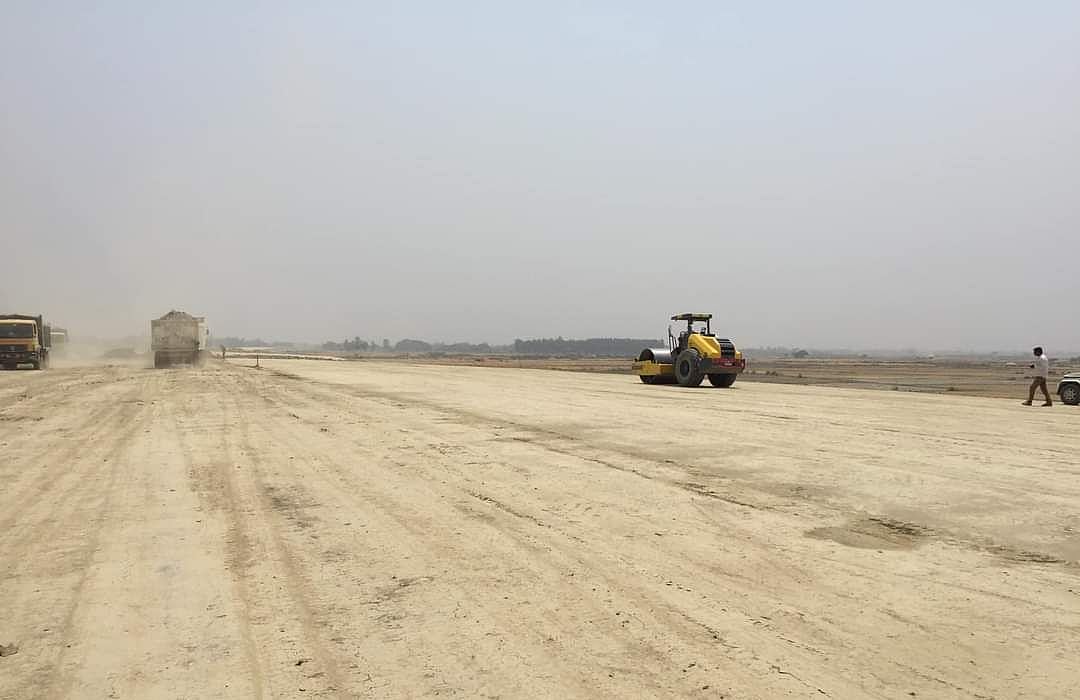Snapshot
Besides the reduction in travel time from 6.5 hours to 2.5 hours, the Delhi – Dehradun expressway reduces the distance between the two cities from 235 to 210 kilometres.
The last 20 km stretch of this expressway passes through the eco-sensitive zone of Rajaji National Park, where Asia’s longest elevated wildlife corridor is being constructed.
Delhi – Dehradun Expressway project has recorded a significant achievement, with the 340-metre long Daat Kali tunnel on the last 20 km stretch of the alignment achieving the breakthrough.
The last 20 km stretch passes through the eco-sensitive zone of Rajaji National Park, where Asia’s longest elevated wildlife corridor is being constructed as part of this expressway project.
The 210 km Delhi – Dehradun Expressway will reduce the travel time between two cities from 6.5 hours to 2.5 hours. It is being developed at the cost of Rs 8,300 crore.
The expressway begins from the Eastern Peripheral Expressway Junction of NCR Delhi and ends near Dehradun. It will have seven major interchanges for Haridwar, Muzaffarnagar, Shamli, Yamunanagar, Baghpat, Meerut and Baraut.
The project is being built under Engineering, Procurement and Construction (EPC) mode.

Besides reducing the travel time to the capital of Uttarakhand, the expressway would also improve connectivity to the Hindu spiritual centre, Haridwar.
A greenfield alignment project from Delhi-Dehradun Economic Corridor, connecting Halgoa, Saharanpur to Bhadrabad, Haridwar, is under construction at over Rs 2,000 crore.
Prime Minister Narendra Modi laid the foundation stone for this expressway project in December 2021.
Four sections of Delhi – Dehradun Expressway
Besides the reduction in travel time, the Delhi – Dehradun expressway reduces the distance between the two cities from 235 to 210 kilometres.
The entire corridor is designed for driving at a minimum of 100 kmph, and wayside amenities will be provided every 25 to 30 km.
The entire alignment is divided into four sections for implementation.
Section – 1: It is a massive 12-lane stretch, including a six-lane service road. This 31 km section starts from Akshardham Temple near Delhi – Meerut Expressway (DME) and passes through Geeta colony, Khajurikhas, Mandola, etc.
Section – 2: It is a six-lane fully access controlled, and the entire length is greenfield, passing through districts of Baghpat, Shamli, Muzaffarnagar and Saharanpur.
Section – 3: It starts from Saharanpur bypass and ends at Ganeshpur. The entire length has recently been completed to four lanes by NHAI.
Section – 4: This six-lane section primarily passes through Reserve Forest in Uttar Pradesh and Uttarakhand. Out of 20 km, 5 km is brownfield expansion, and 15 km is realignment comprising an elevated wildlife corridor (12 km).

